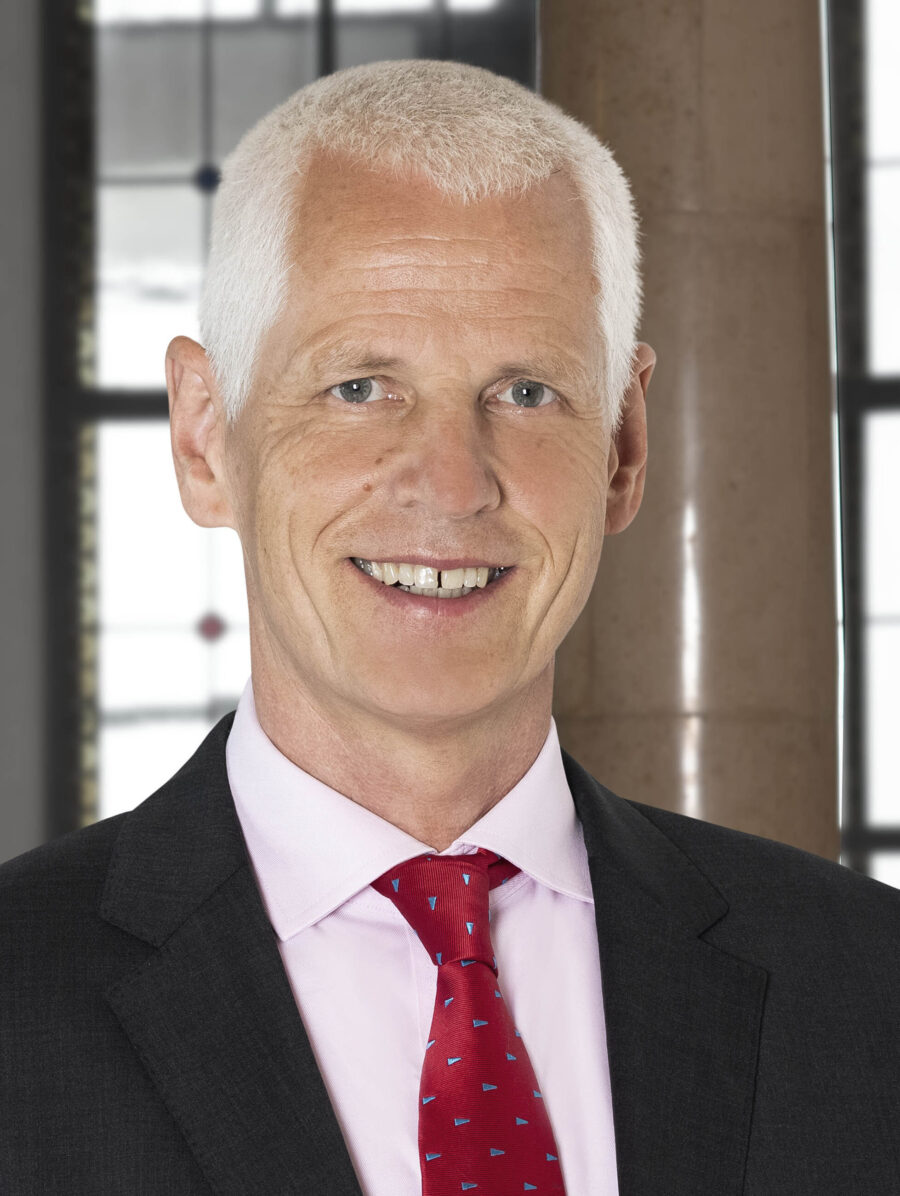In a nutshell
The global economy temporarily loses momentum.
US: mild recession ahead, recovery in 2024.
Europe: Putin shock is over, but exports weaker.
Inflationary pressures continue to decline.
Central banks continue to put the brakes on – but the end of the interest rate cycle is in sight.
A good start into 2023
The global economy started 2023 better than expected. In the US, consumers drew on the extra savings they built up during the pandemic. This has cushioned them against the shock of high inflation, which reduces the purchasing power of their incomes. Europe has survived the winter (almost) without Russian gas so well that gas prices on the market have dropped considerably. Real savings have contributed to this much more than the mild weather. Since gas storage in the EU was already 72.6% full again on 12 June, after a seasonal low of 55% at the end of March, there is no serious risk of a gas shortage for the heating season next winter. Meanwhile, with China having achieved herd immunity the hard way, Chinese consumers have been spending significantly more again since the beginning of the year, giving the economy a temporary, noticeable boost. With more growth than expected, central banks in the US and Europe have also continued to tighten their interest rate policies noticeably in order to get a grip on the still high inflation.
Services robust, industry weak
Purchasing managers’ indices Europe and US
Downturn in the US
The US continues to suffer from home-grown inflation. With its late but more vigorous interest rate pivot, the Fed is likely to dampen demand to such an extent that the US economy could fall into a mild recession in the second half of 2023 – with somewhat declining consumption and less business investments. Especially in the manufacturing sector, leading indicators point to a noticeable downturn. A renewed upswing then emerges for the election year 2024, supported by a rise in real disposable income with easing inflation as well as a increase in residential construction after the end of the current interest-rate-induced correction. A less tight interest rate policy should strengthen the economic upswing. We expect the US economy to return to an annualised growth rate of 2% in spring 2024.
Mixed outlook for Europe
Two very different forces are shaping the outlook for the European economy in the coming months. On the one hand, the continent has weathered the Putin shock well. With declining inflation, a stable labour market and higher wage increases, consumer incomes can rise more strongly than prices again from the summer onwards. Since consumers then have more money in their pockets in real terms – i.e. after deducting inflation – private consumption can pick up again after a decline in the winter half-year. On the other hand, the wind is currently blowing in the manufacturing sector's face. There are three reasons for this. First, many companies around the world are reducing the inventories they built up last year amid great concerns about the stability of supply chains. Second, the slowdown in the US is most evident in goods, while demand for services remains more robust. In Europe, too, the purchasing managers' indices indicate a strong gap between services and manufacturing. This is partly due to the fact that consumers had to forego services more than goods during the years of the pandemic and accordingly have a greater backlog demand for travel, restaurant visits and other services. Thirdly, the hoped-for temporary tailwind from China has failed to materialise. There, after the end of the pandemic, demand from private consumers has picked up, but not investment activity. Especially for core Europe, which traditionally exports a lot of machinery, this has a negative impact.
Europe: Tailwind from home – headwind from overseas
With a tailwind from private consumption but a headwind from abroad, economic output in the eurozone will probably only increase slightly in the coming quarters. In the spring of 2024, with the US economy returning to strong growth, the European economy could return to the dynamics of the period before the Russian attack on Ukraine. After a modest 0.3% increase in economic output in 2023, we expect growth of 1.2% in 2024 and 1.8% in 2025. For the UK, we expect a similar course as for the eurozone.
The big inflation hump
Increase in consumer prices compared to the same period of the previous year in per cent
Inflation continues to decline
Price pressures have peaked on both sides of the Atlantic. As the US labour market very gradually loses momentum, wage pressures there are slowly declining. By contrast, wages in the eurozone are likely to rise by at least 5% in 2023, before wage pressures are then expected to fall back to around 4% over the course of 2024 as inflation declines. In the US and Europe, inflation rates will continue to fall in the second half of 2023. In Europe, the 2022 rise in energy and food prices gradually drops out of the year-on-year comparison. As supply chain problems have eased and transport costs have also fallen, price pressures in this area will ease significantly as demand for goods weakens. However, higher wage increases will continue to push up prices for wage-intensive services, so inflation rates in Europe are likely to settle at around 2.5% from mid-2024 onwards instead of the roughly 1.5% as seen in the pre-pandemic years.
Central banks – interest rate peak in sight
To prevent inflation from becoming entrenched, the Fed and the ECB are stepping on the interest rate brakes. In the US, the central bank is likely to raise the key interest rate by another 25 basis points, probably in July. As soon as the phase of economic weakness has sufficiently dampened inflationary pressure, the Fed will then lower interest rates again somewhat, probably starting at the end of 2023. The ECB will most likely raise its deposit rate in July by 25 basis points to then 3.75%, followed by a long pause.
Growth and inflation forecasts
Autor




